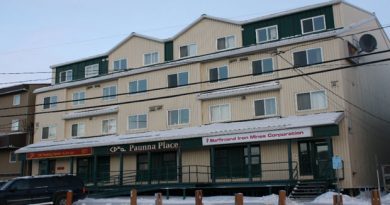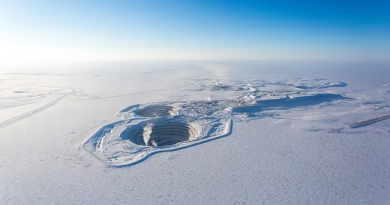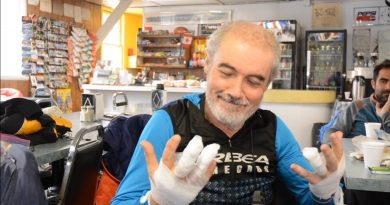Scientists puzzled by 30,000 chinook that seem to be missing from Yukon River
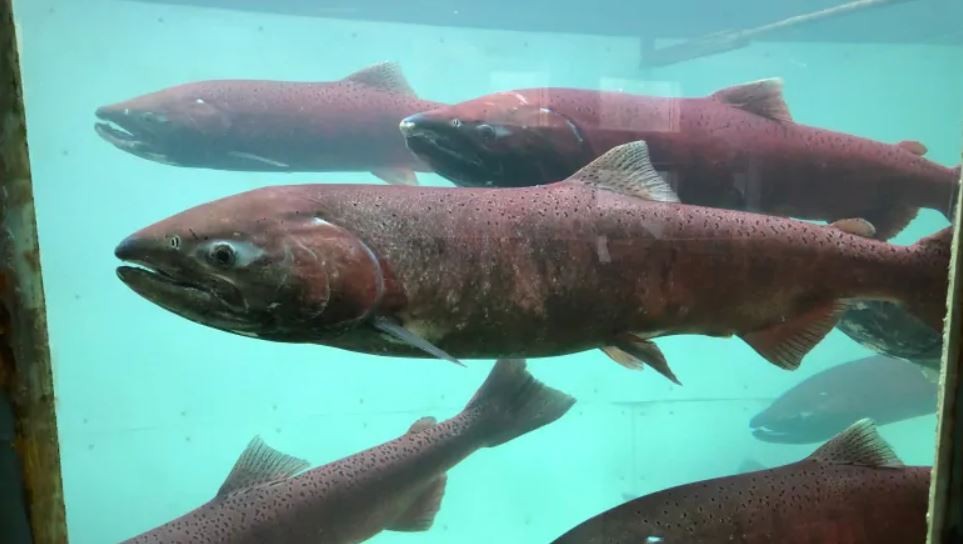
There’s a mystery in Yukon and Alaska and it involves about 30,000 missing fish.
Salmon counts on both sides of the Canada-U.S. border in 2020 were discussed recently at a meeting of the Yukon River Panel, which gathers scientists and fishery management groups from both countries.
One finding stood out. Last year about 77,000 chinook salmon were counted swimming by the Pilot Sonar station near the mouth of the Yukon River in Alaska. About 1,750 kilometres upriver, at the Eagle Sonar station, just before the Alaska-Yukon border, about 49,500 were counted.
This could mean fish are dying or being miscounted, or that harvesting is going unreported, though there is no evidence of that.
All parties agree that it’s a mystery and requires investigation.
Scientists who study chinook salmon say the peculiar finding also points to a need for a more accurate methods of counting.
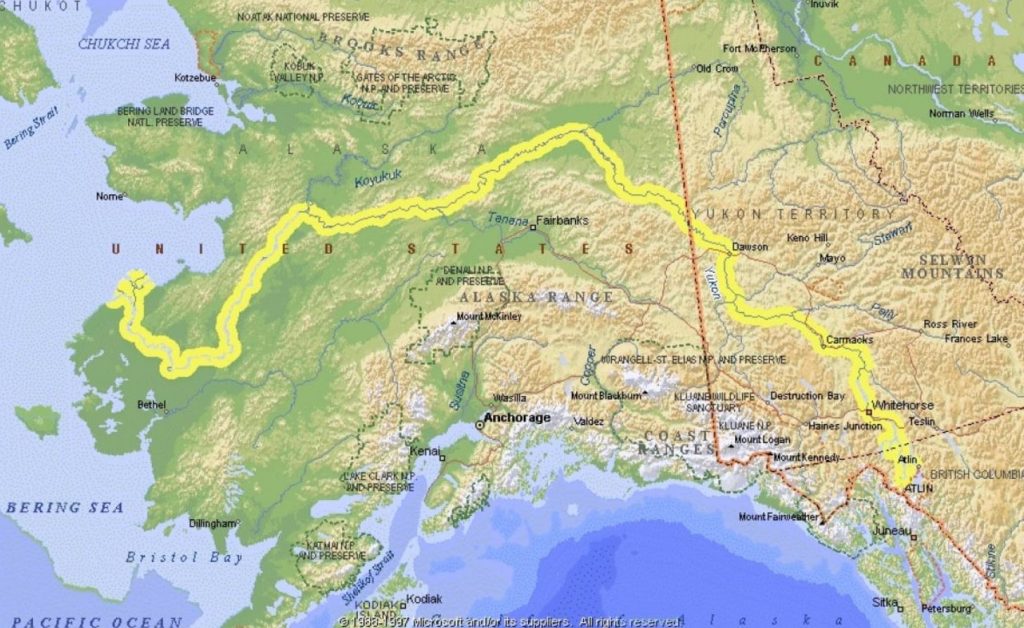
Al von Finster, chair of the Yukon Salmon Sub Committee, says there is always a slight discrepancy between the two sonar stations in the Yukon River.
However, 2020’s numbers are unusual.
We agree that the numbers are very large, and it certainly gives us pause in trying to predict what’s going to happen next year.– Al von Finster, chair of the Yukon Salmon Sub Committee
Teslin Tlingit director calls for fish ‘audit’
The issue of the “missing” chinook salmon was raised Jan. 26 during a public meeting of the Yukon River Panel.
Emmie Fairclough, who is the Teslin Tlingit Council’s director of lands and resources, says it’s time for a “forensic audit,” when it comes to chinook salmon in the Yukon River.
“If the Yukon River Panel restoration and enhancement fund was missing $30,000 dollars, what would happen? We’d do a forensic audit and find those missing dollars,” she said.
“Let’s do a forensic audit. It’s time to have those honest conversations about what we’re missing and what is going wrong.”
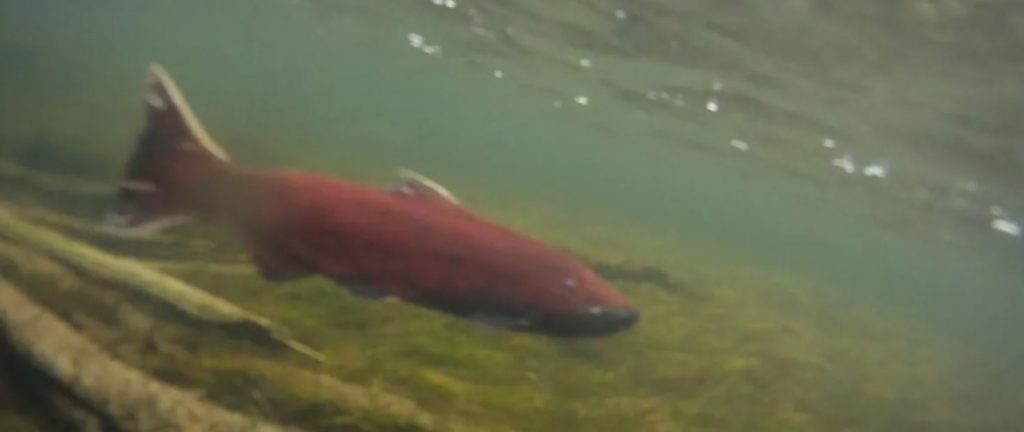
Chinook and chum numbers remain low
Both the U.S. and Canada have suspended commercial and sport fishing of chinook salmon in recent years.
First Nations and tribal groups along the Yukon River on both sides of the border have even called on citizens to abstain from subsistence fishing.
The number of “missing” fish dwarfs the reported harvest.
The total U.S. harvest for Chinook in 2020 was estimated at 12,171, while the Canadian subsistence harvest was estimated at 2,363.
Teslin Tlingit Council has really significant concerns with the missing fish between Pilot and Eagle sonar.– Emmie Fairclough, Teslin Tlingit Council’s director of lands and resources
“Thirty thousand fish could feed my community 30 times over.”
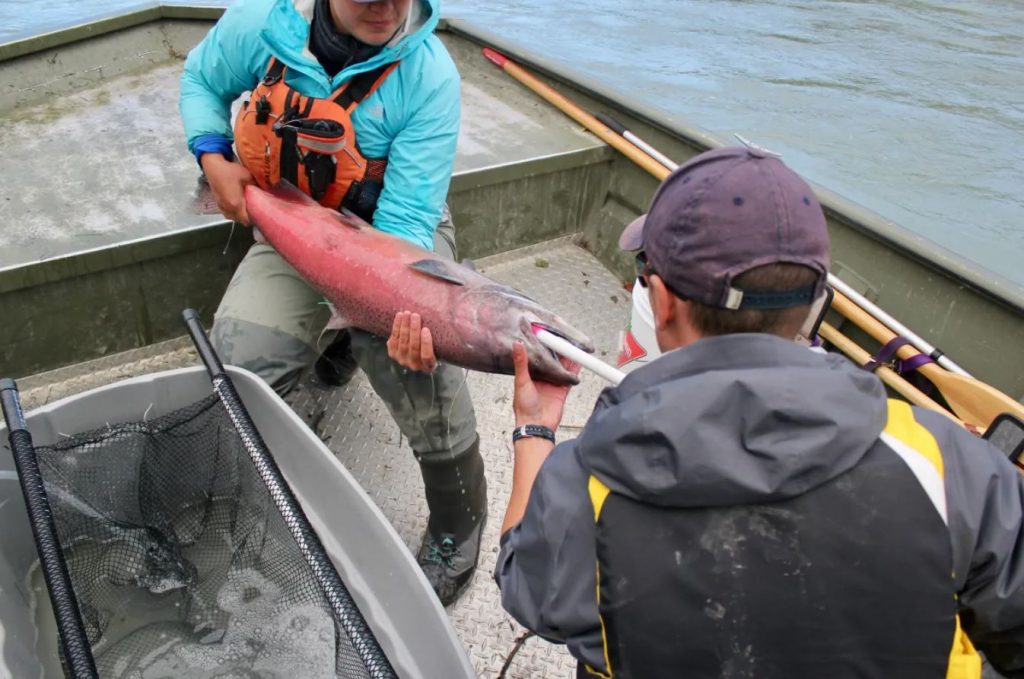
Theories are plentiful
Steve Smith, Canadian co-chair of the Yukon River Panel’s joint technical committee, said at the meeting that both sonar stations appear to be working properly.
But their estimates are not an exact science.
He said the discrepancy seen in 2020 is not the same for chinook and chum salmon, suggesting something specific to one species is happening in the river.
One theory heard at the meeting is that the fish died from the disease ichthyophoniasis.
Yukon Salmon Committee member and Kluane First Nation elder Roger Alfred suggested the panel look into whether forest fires are affecting tributary streams, and thus the fish.
Warmer-than-average waters have been known to have an effect on fish mortality, but this was not the case in 2020, the panel heard.
Unreported fishing not suspected
One factor which could explain the missing fish is unreported fishing.
Smith says there’s no evidence of that.
“The discrepancy we’re talking about is about 30,000 salmon. The U.S reported a total harvest of around 12,000. If that was the source of the error, I think it’s a real stretch that it would be unnoticed,” he said.
The same assessment was made in the U.S.
Deena Jallen, a fisheries biologist speaking on behalf of the Alaska Department of Fish and Game, said there is no evidence to suggest that unreported fishing accounts for the missing chinook salmon.
“In 2020, enforcement was pretty active on the river and few citations were issued,” she said.
Work underway to improve count accuracy
Von Finster said there is work happening to improve the accuracy of research.
One project is looking to install a new sonar station in the Yukon River upstream of the Tanana River.
This would provide new data at the mid-point of the run.
“It isn’t a sure thing but it’s under discussion now,” he said. If funding is obtained, a pilot project could see the first data received by 2023.
Sonar stations at Eagle and Pilot have been active for decades. Pilot station was installed in the mid 1960s and Eagle was installed in early 2005.
The sonar stations are useful as they work even in silty and muddy water, where a person would not see fish moving with the naked eye.
Partnerships with First Nations could be key
Smith says he’s hopeful partnerships with First Nations along the river, and new monitoring programs, will help solve this scientific mystery.
One salmon monitoring partnership could be with the Kwanlin Dün First Nation.
Already there is a video monitoring system. installed at Fox Creek near Fox Lake. that is operated by the Ta’an Kwäch’än Council.
“There are other methods to assess stocks and estimate number of salmon,” Smith said.
Related stories from around the North:
Canada: In Northern Canada, researchers pull big fish from lakes in hopes of reducing toxic mercury risk, CBC News
Finland: Thousands of fish in Finnish lake dead from unknown cause, Yle News
Greenland: Greenland Atlantic salmon catch numbers well above new quota, CBC News
Norway: Is Norway’s farmed salmon as healthy as we think?, Radio Sweden
Russia: Authorities in northwest Russia move to protect wild reindeer, The Independent Barents Observer
Sweden: Poachers suspected behind dwindling wolf numbers in Sweden, Radio Sweden
United States: U.S. gov clears path for genetically engineered salmon, Alaska Public Media

